
Visa and entry requirements Tajikistan:
Passport required
German citizens are subject to a visa requirement.
For stays of up to 45 days, visas can be obtained via the website www.evisa.tj be requested.
Visa costs: 35-70 euros
Information from the Federal Foreign Office about your trip to Tajikistan:
https://www.auswaertiges-amt.de/de/tadschikistansicherheit/206756
Tajikistan is a landlocked country in Central Asia with around 9.2 million inhabitants. The country borders on Uzbekistan to the west, Kyrgyzstan to the north, China to the east and Afghanistan to the south.
The two official languages in the state are Tajik and Russian, and the Tajikistan Somoni is used as the national currency, with 1 euro corresponding to around 10 TJS.
The largest cities in Tajikistan include Dushanbe, Khujand, Kulob, Qurghonteppa, Istaravshan, Tursunsoda, Isfara and Konibodom. Almost 92% of the population professes the Muslim faith. The Tajiks feel culturally and linguistically more like the Persians than the Russians of the past.
Approximately 70% of Tajikistan's territory is located in high mountains and around 45% of the area is above 3,000 meters. The highest point in the Central Asian state is the 7,495 meter high “Pik Ismoil Somoni” in the Pamir Mountains.
Due to the lack of access to the sea and the very difficult geological relief of the country, Tajikistan is now the poorest of all the former Soviet republics.
The country's economy is based primarily on the export of aluminum, agriculture with the cultivation of cotton, tobacco and grain, the small reserves of raw materials such as petroleum, brown coal, natural gas, lead, tin, gold, silver and uranium, as well as on transfers from the 1, 5 million Tajiks living abroad.
The extraction of various mineral resources is sometimes very difficult due to the high mountains.
Tourism is very low in Tajikistan, although the country is home to Lake Karakul, the Seven Lakes at Marguzor, the Garm Chashma Hot Springs, the Khorog City Park, the Fann Mountains, the Nurek Dam, the Natural History Museum and the Somoni Park in Khujand, the Hisor Fort or Lake Iskanderkul have some attractions to offer.
The capital and largest city of Tajikistan is Dushanbe with around 900,000 inhabitants. Dushanbe is located at an altitude of around 800 meters in the west of the country and is the political, economic and cultural center of the Central Asian state.
The main attractions of Dushanbe include the Presidential Palace, the Somoni Statue, the Palace of the Nation, the Lenin Monument, the Puppet Theater, the National Museum of Tajikistan, the large flagpole with the national flag, the National Library, Victory Park, the Farmers' Market, the Charki Mosque, the Dolphin Water Park, the Theater, the Independence Monument, the Rudaki Park and the Local History Museum.
In October 2015 I traveled to Tajikistan for 12 days. After the sudden death of my beloved father, it was one of my hardest trips ever, but in retrospect it was really the best place to deal with this fate.
In Tajikistan everything is so simple and natural, except for downtown Dushanbe, nothing is modern there and prices are very low everywhere. The vast landscape on the way between Dushanbe and Khujand is simply fantastic. The high, differently colored mountains and the many light blue waters, nature couldn't be more beautiful.
Since the city of Khujand had relatively little to offer after my trip from Dushanbe and yet became very boring, I returned to the capital after just two days. I really felt very comfortable there the week before, so I wanted to be in Dushanbe for the remaining five days.
For some reason I'm a big fan of this city.
The well-maintained tourist attractions, the friendly people and the positive atmosphere are unique there.
Tajikistan was one of my most beautiful trips ever, at one of the most difficult times of my life.

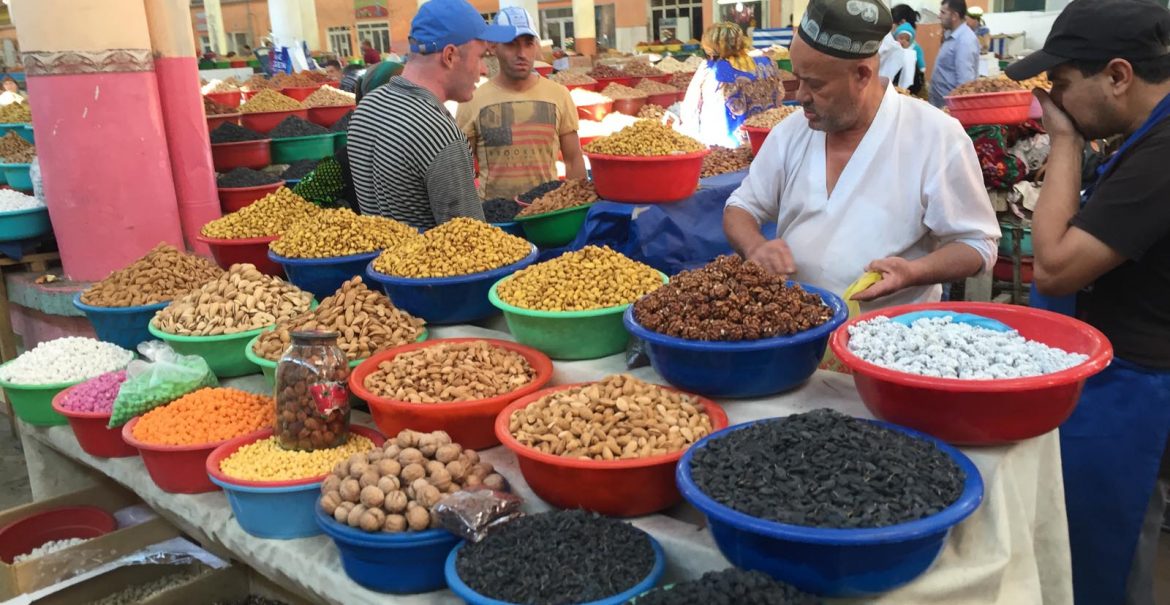
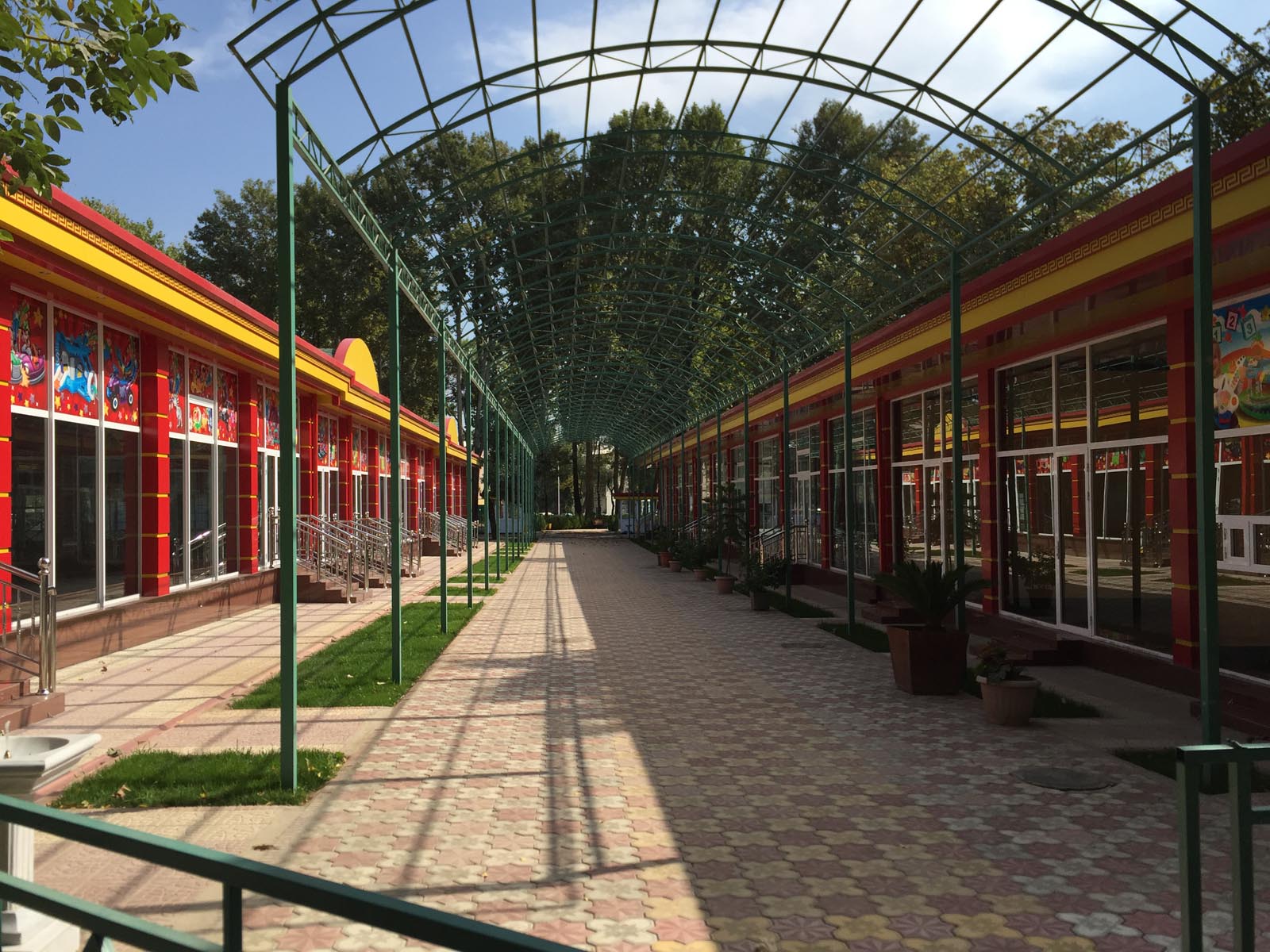

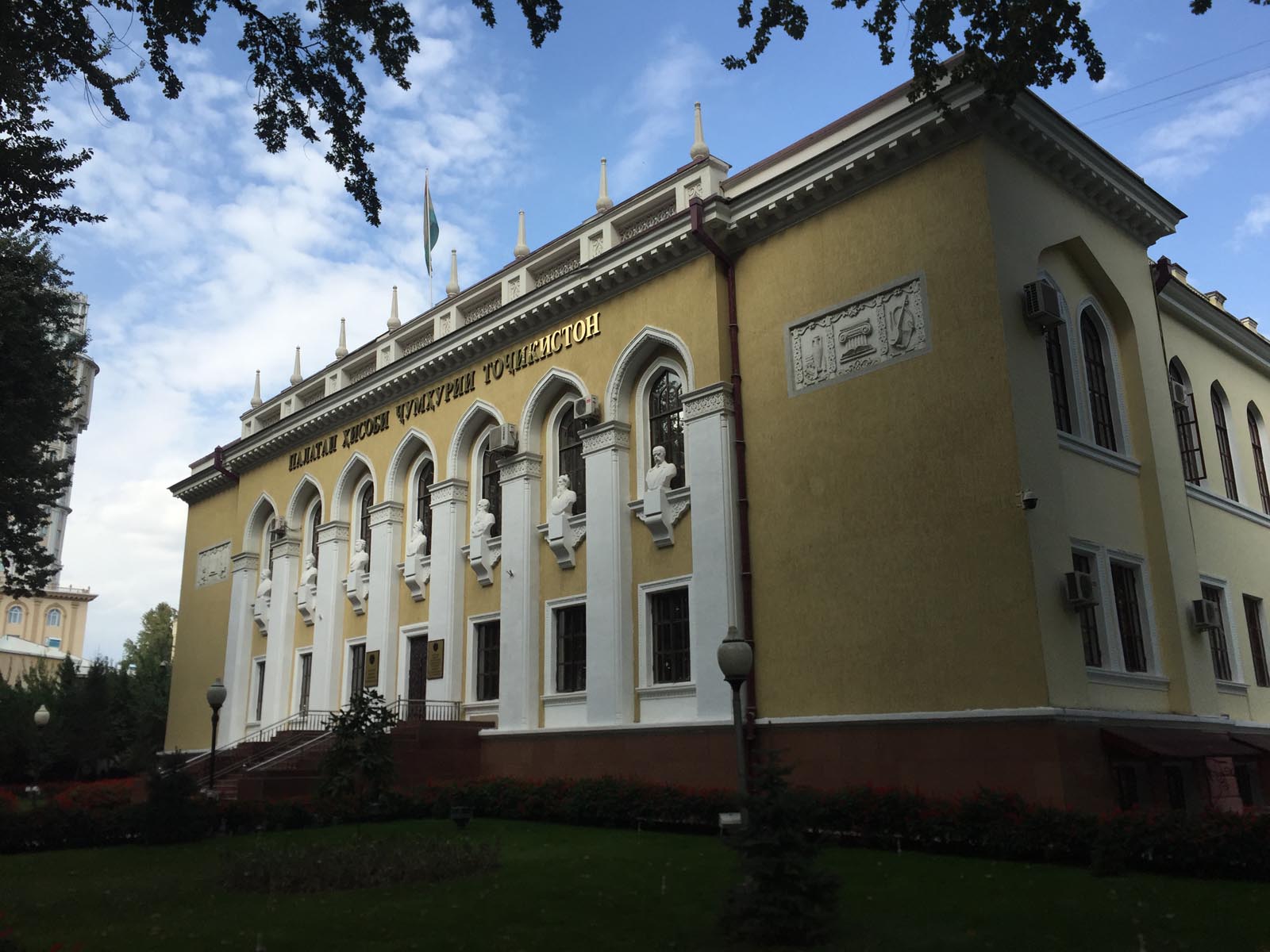
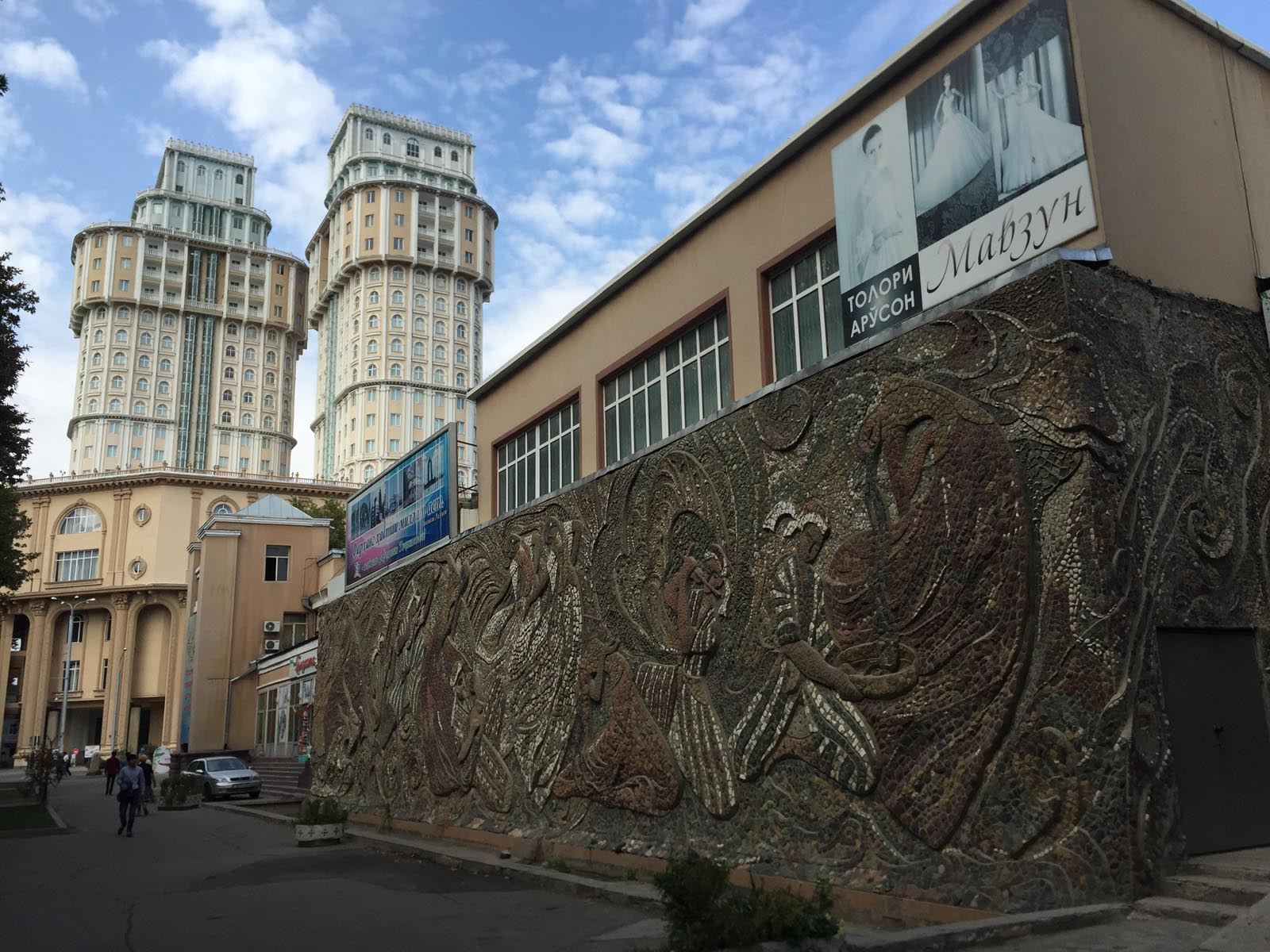



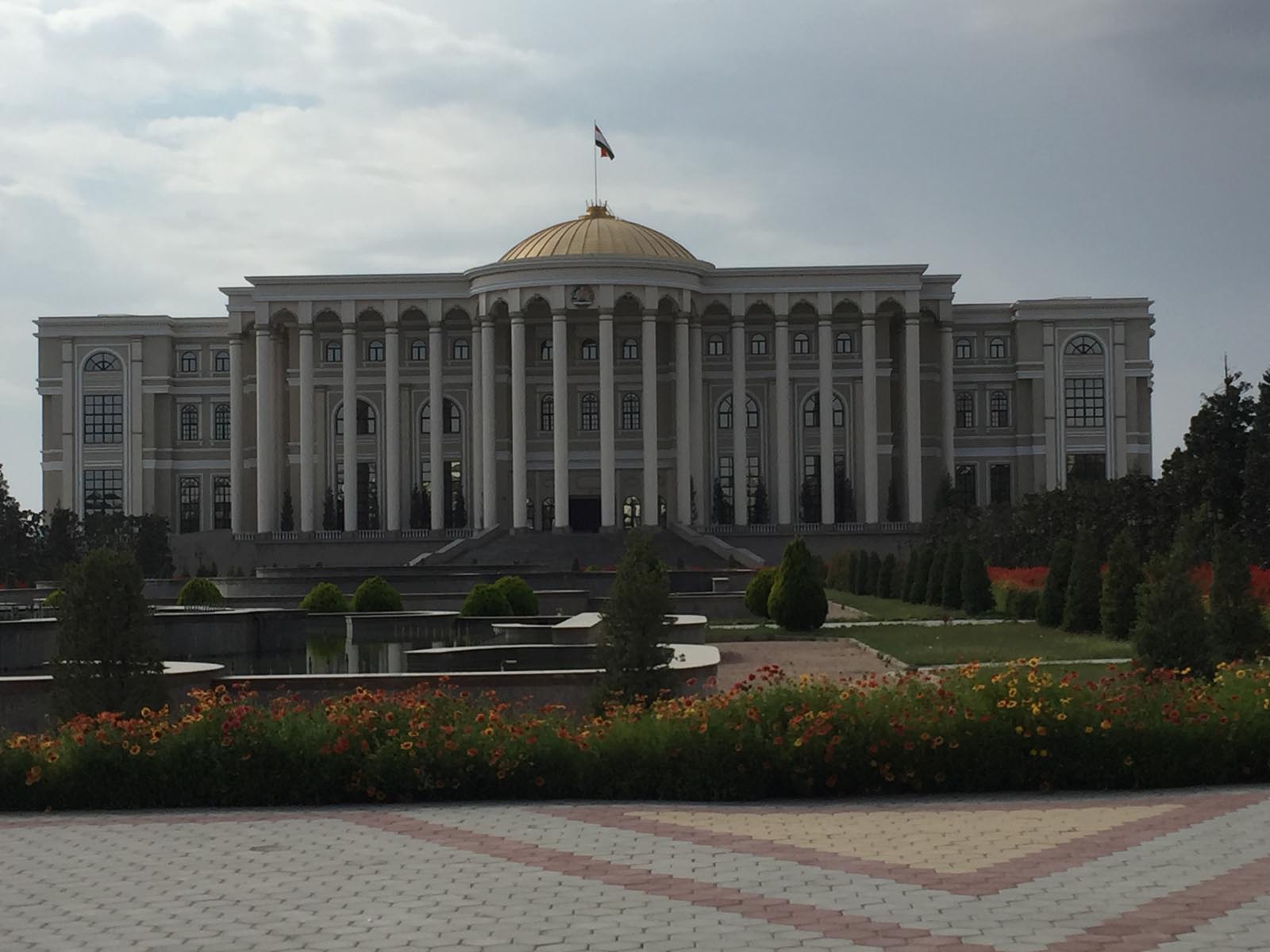

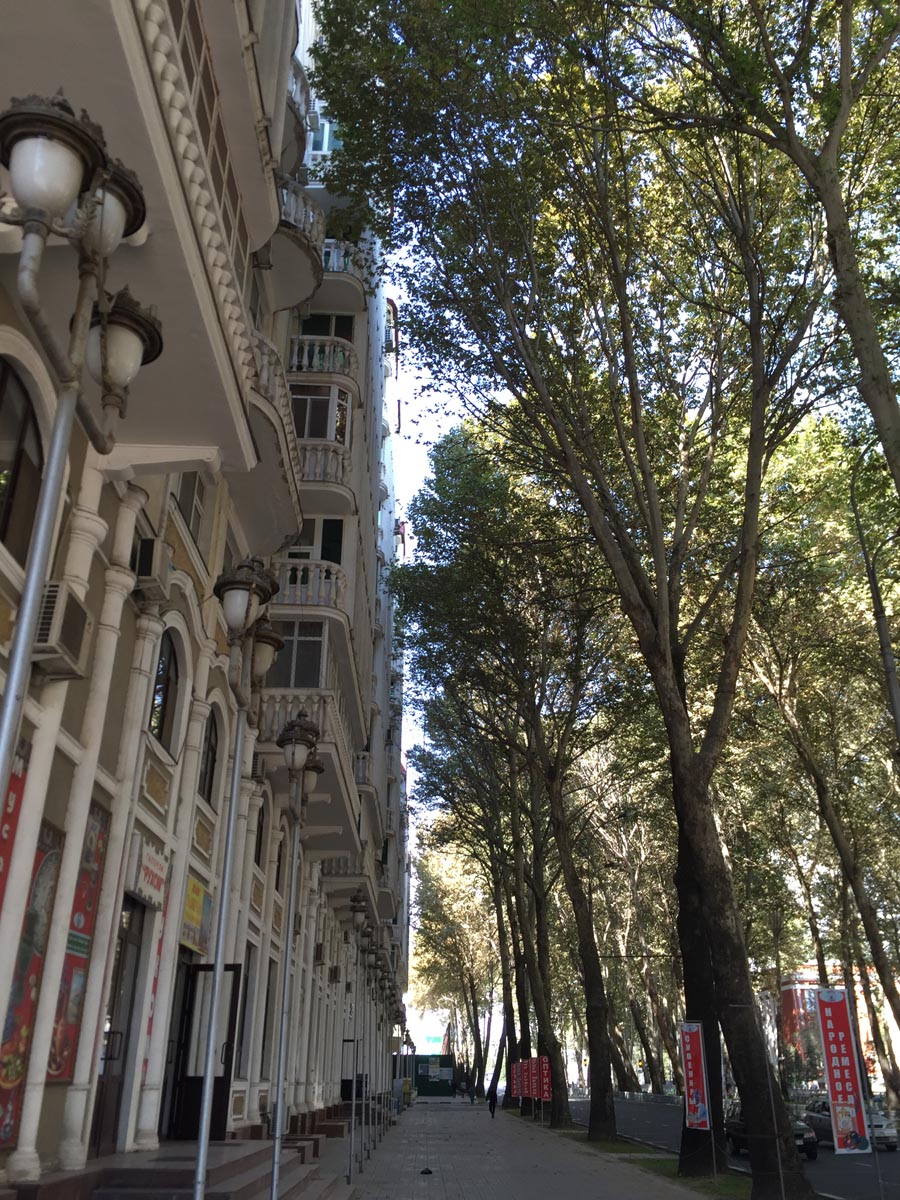
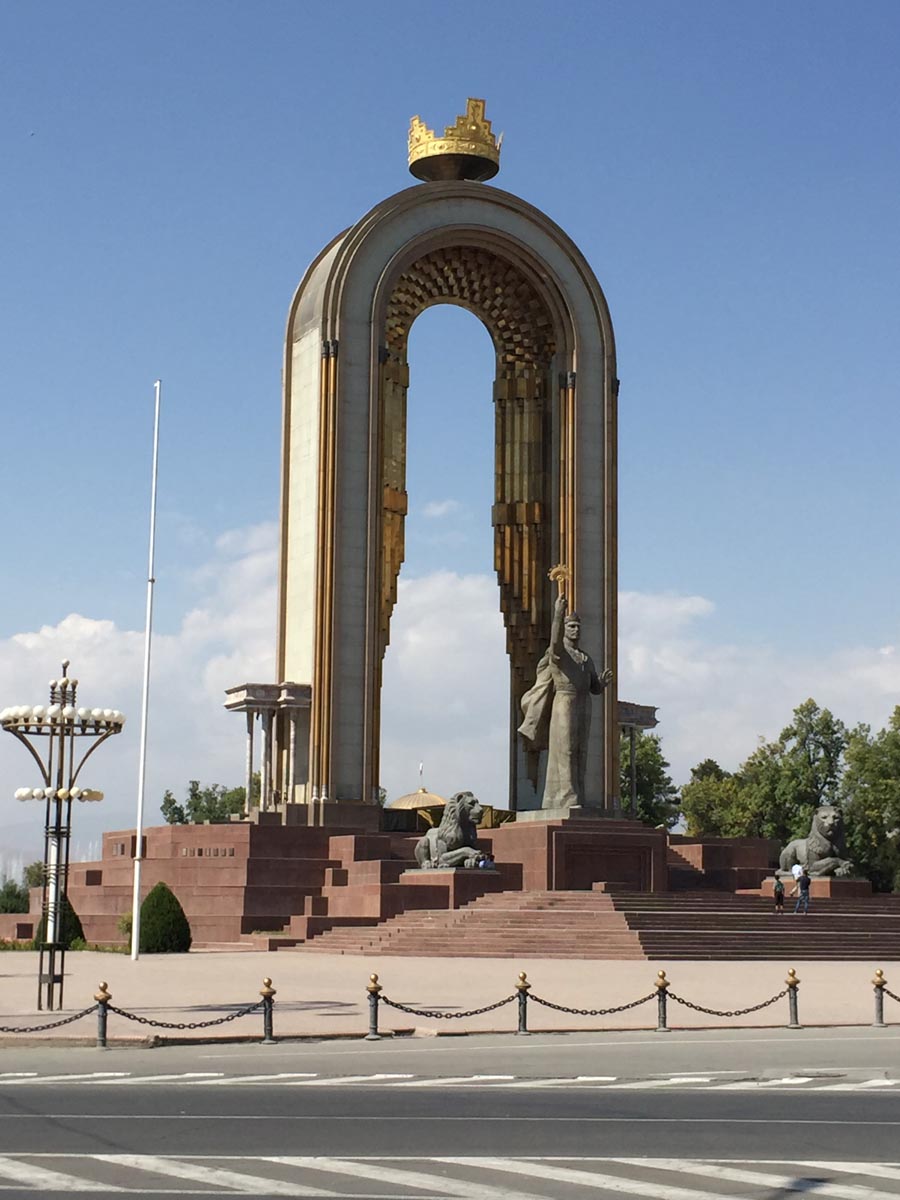

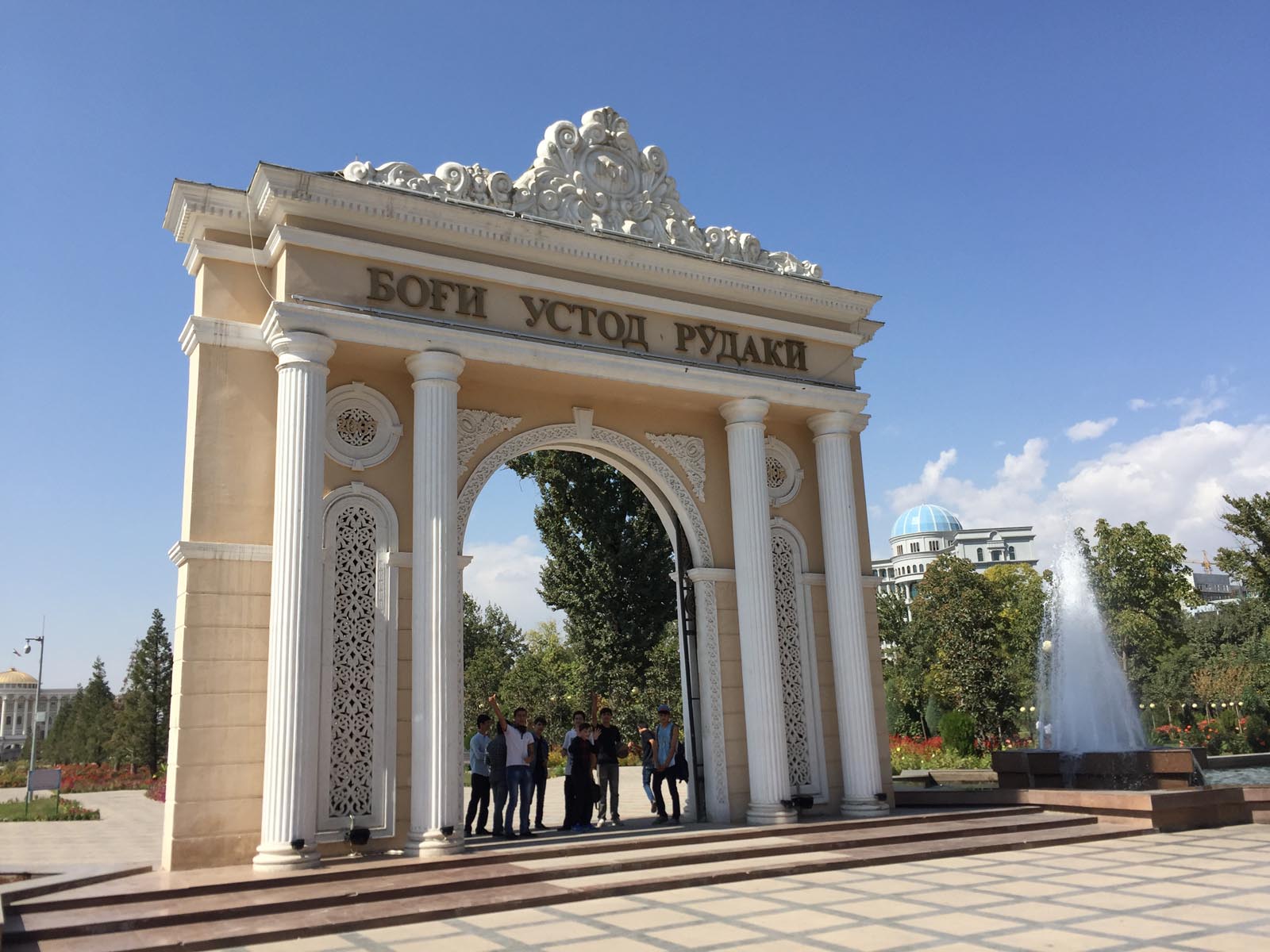

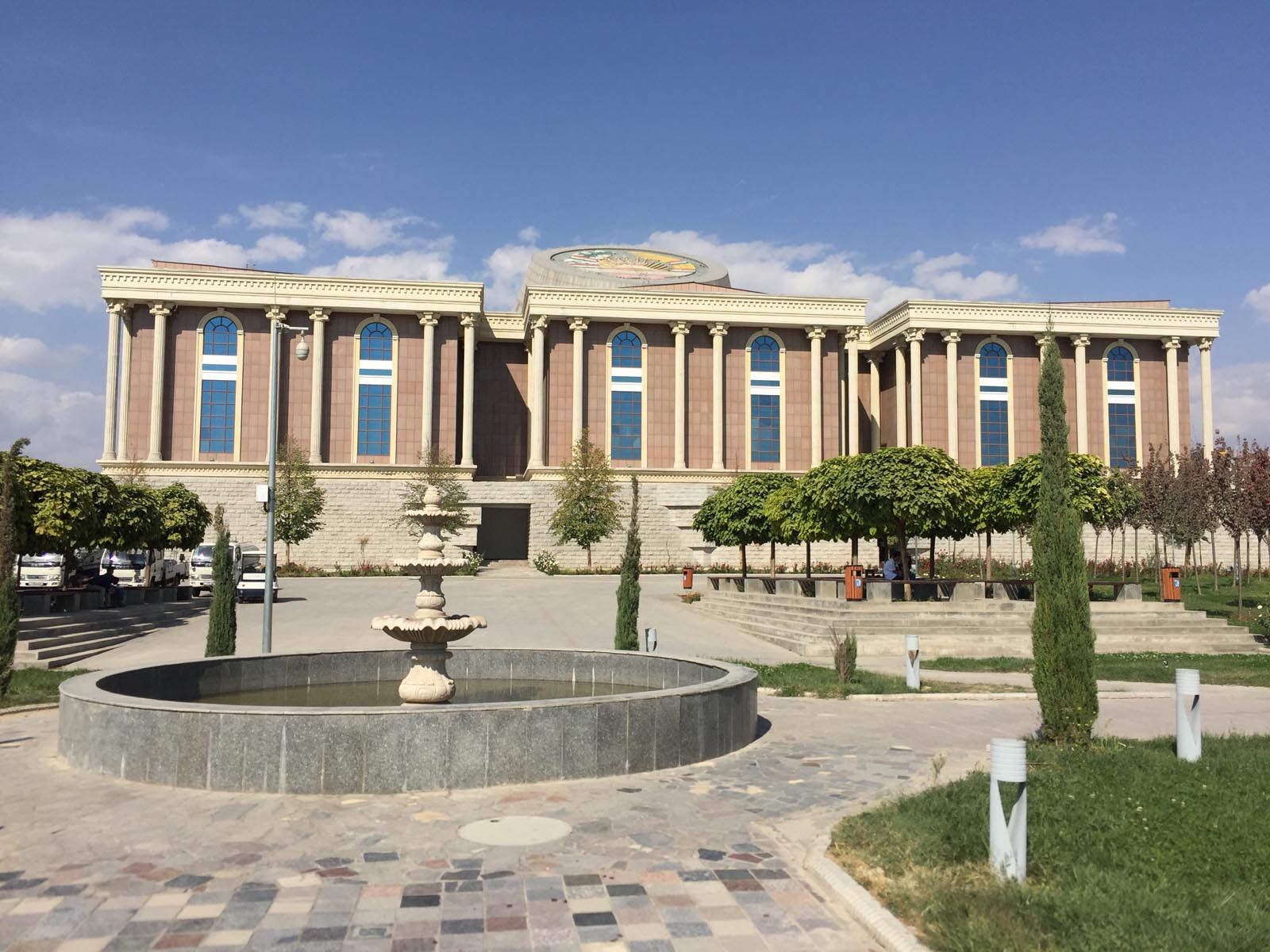
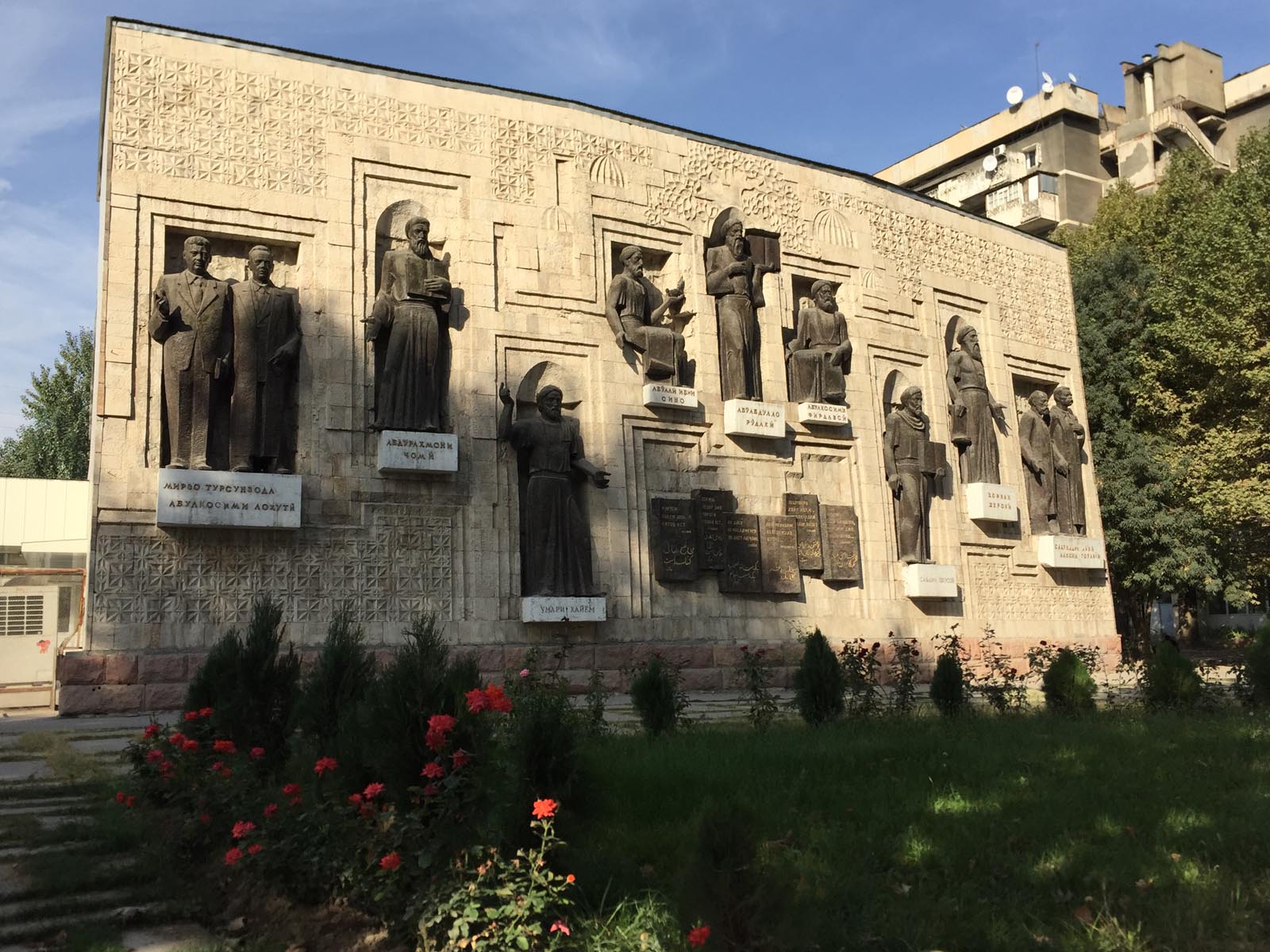


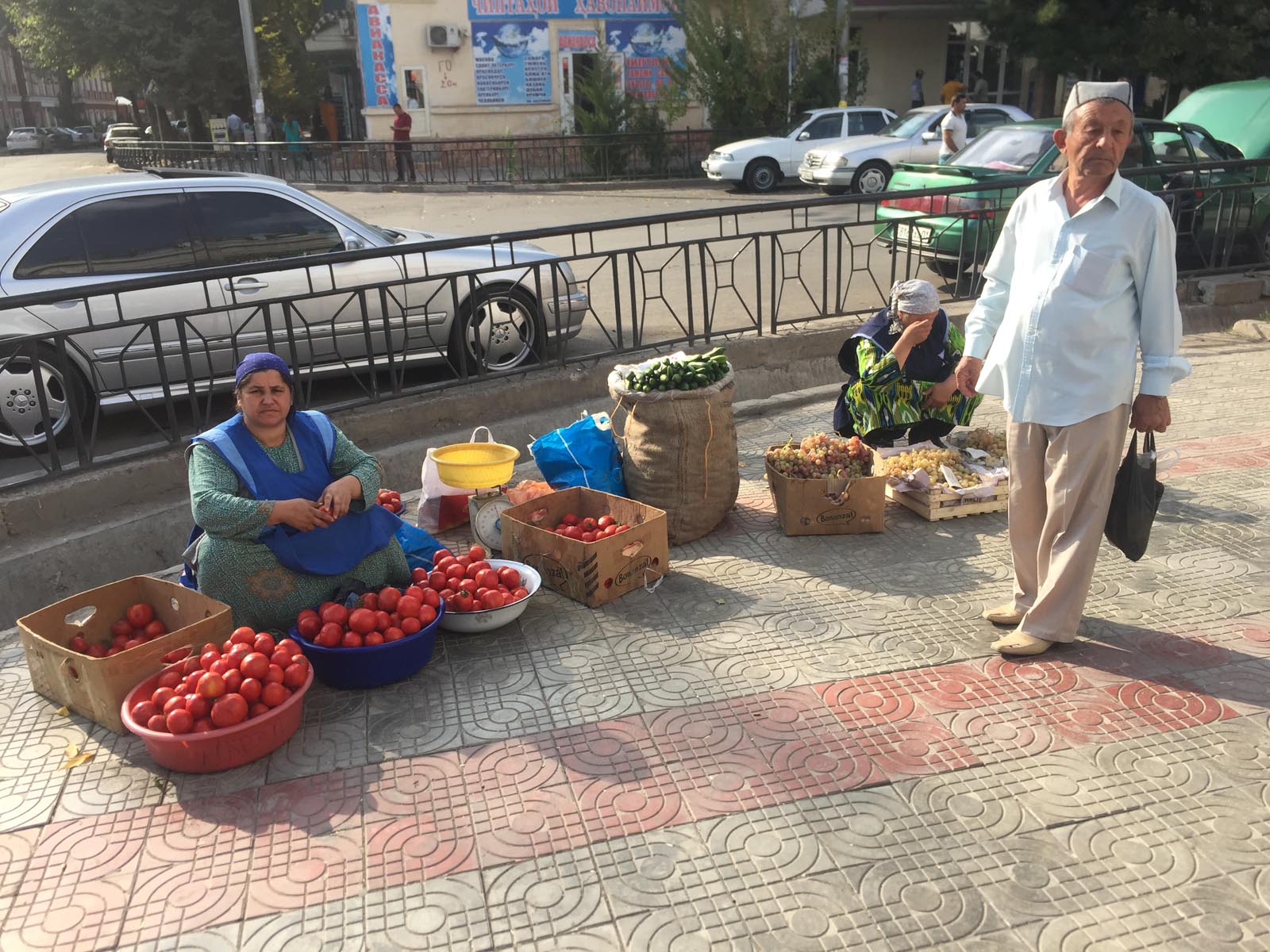
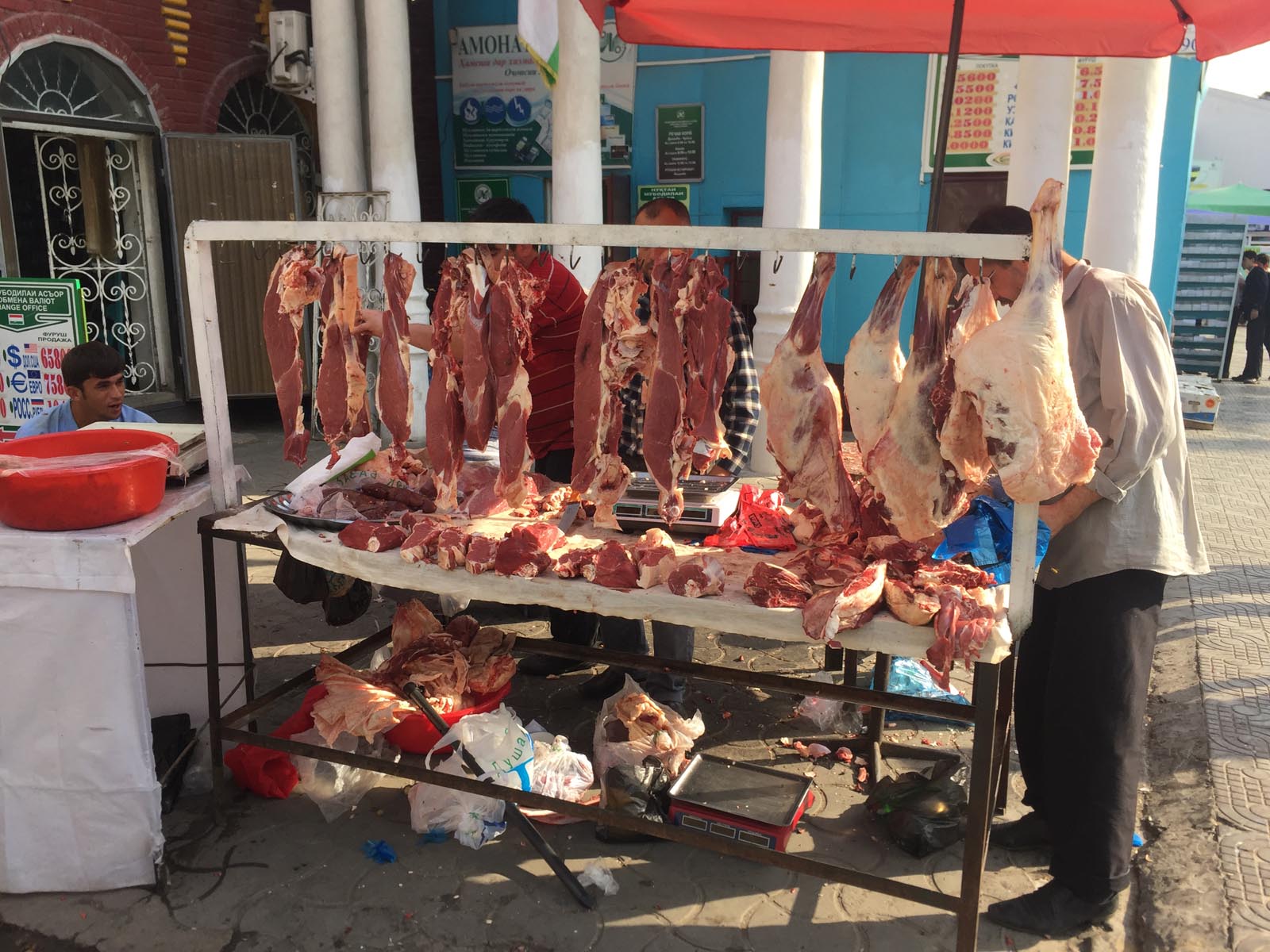


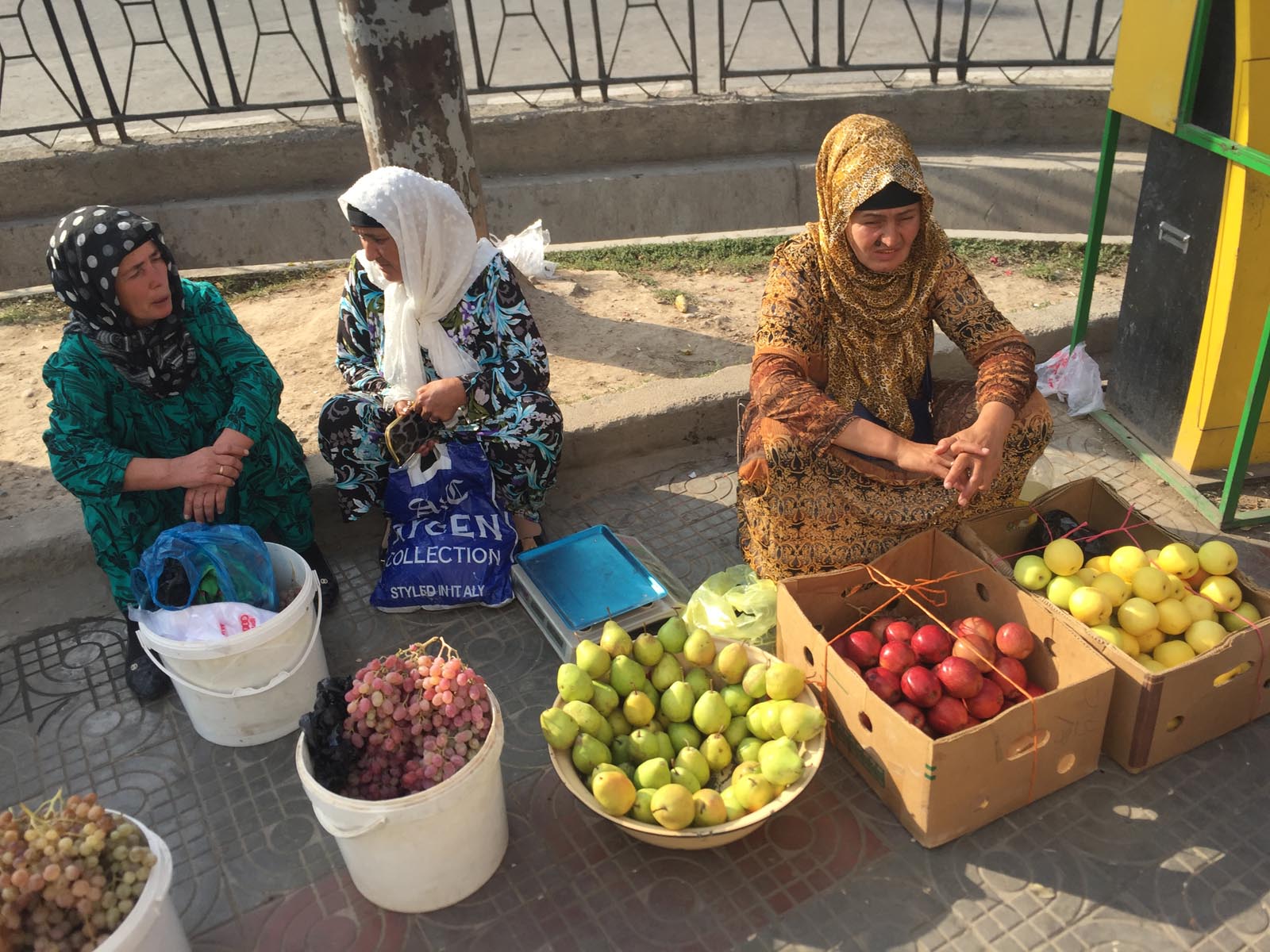

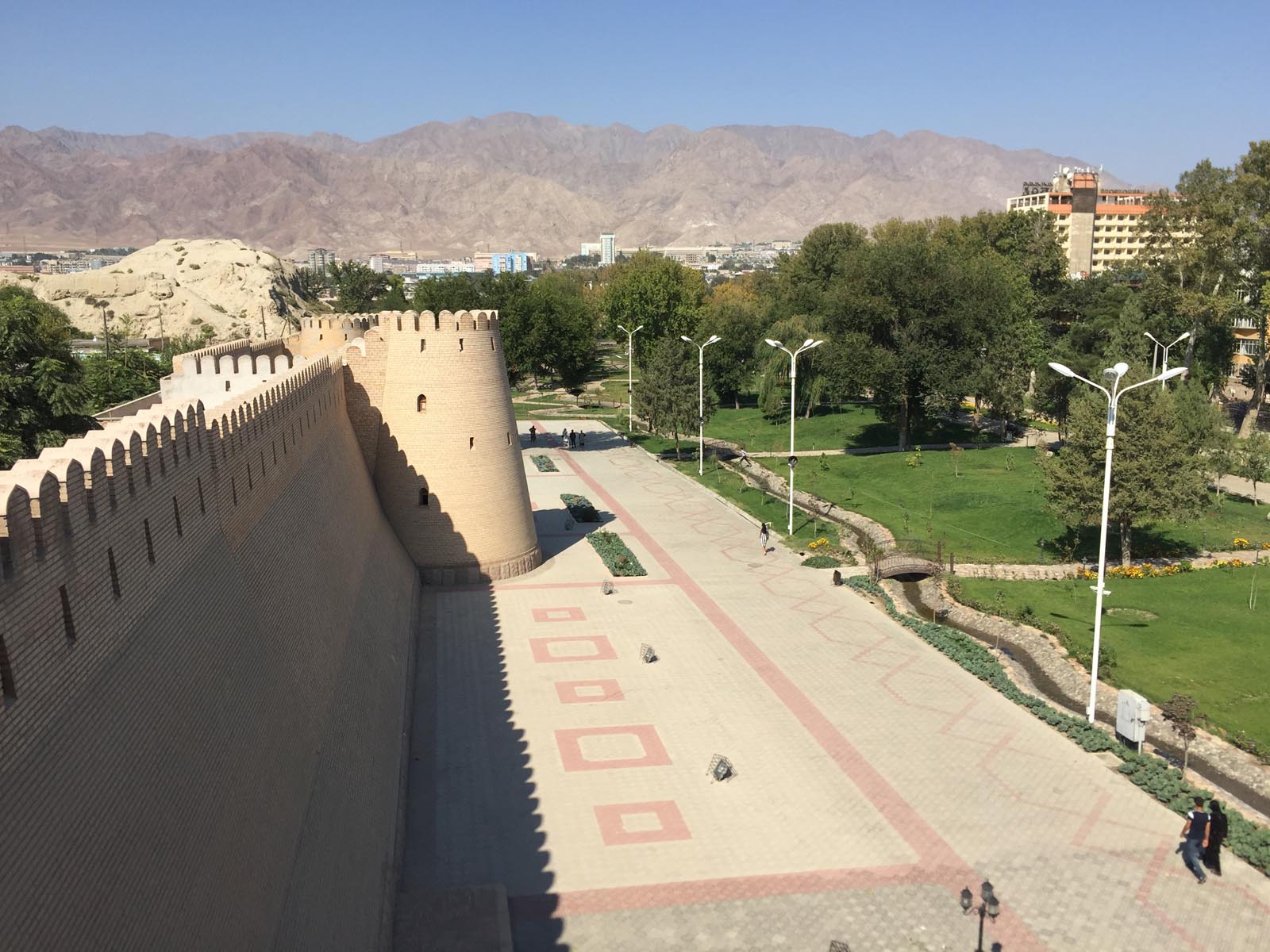
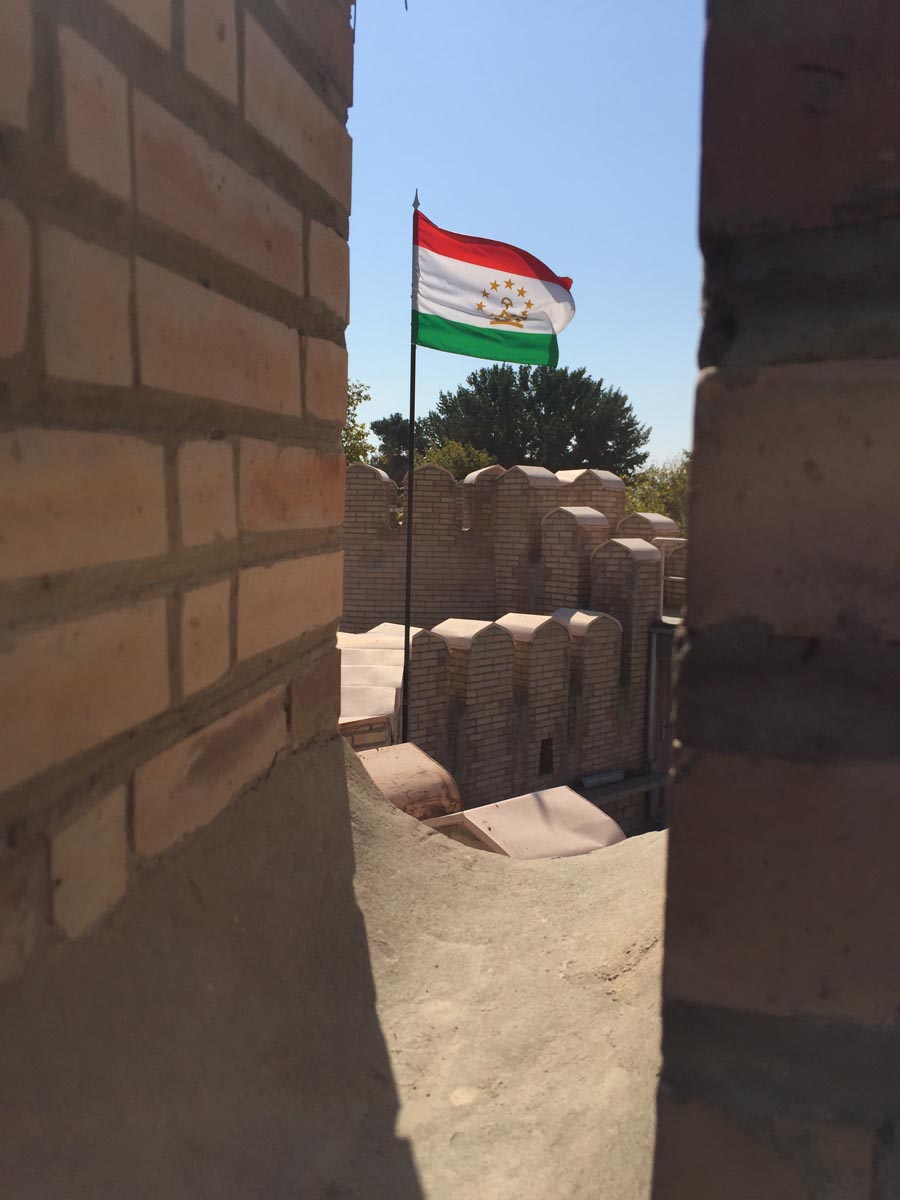
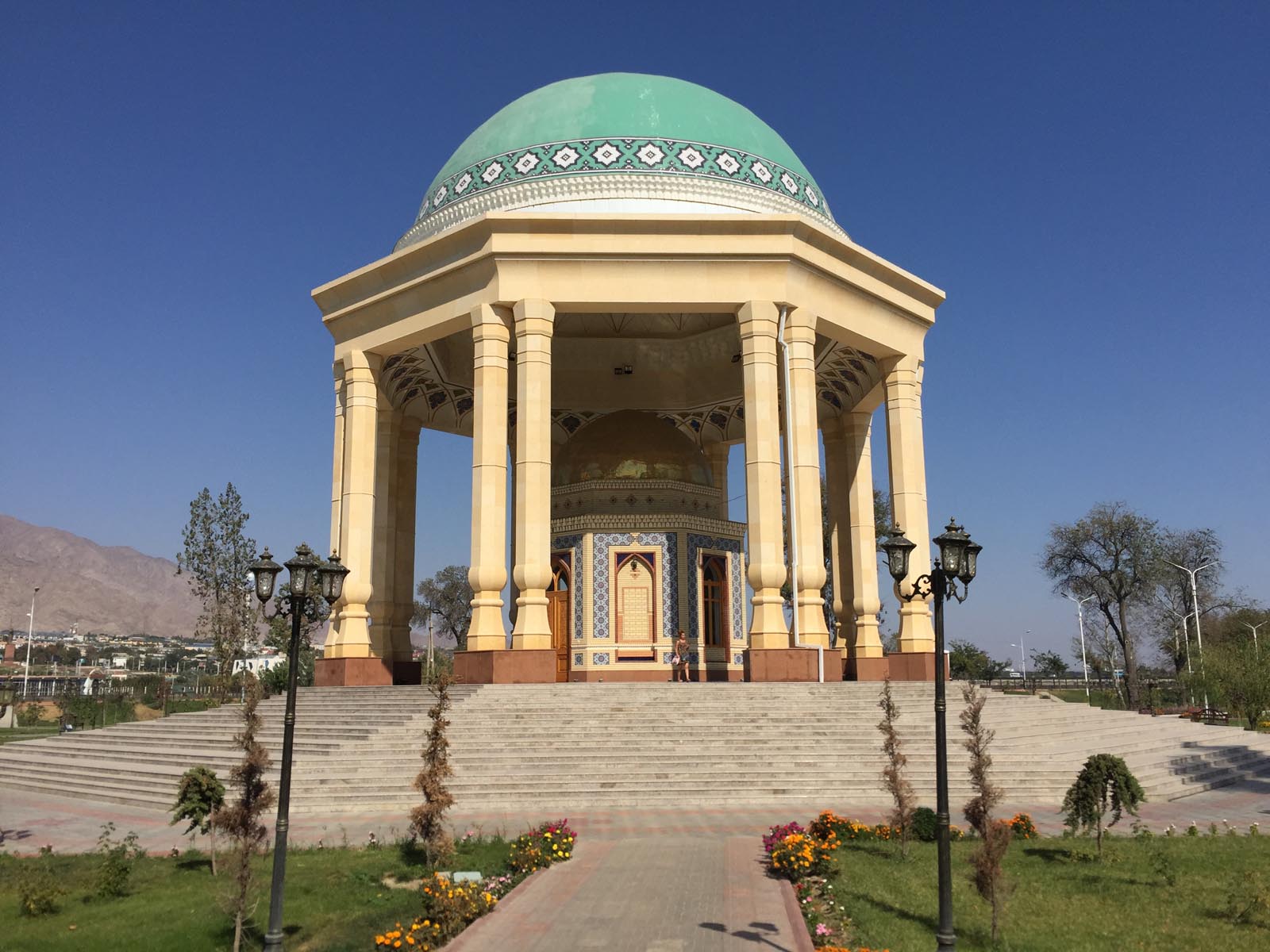


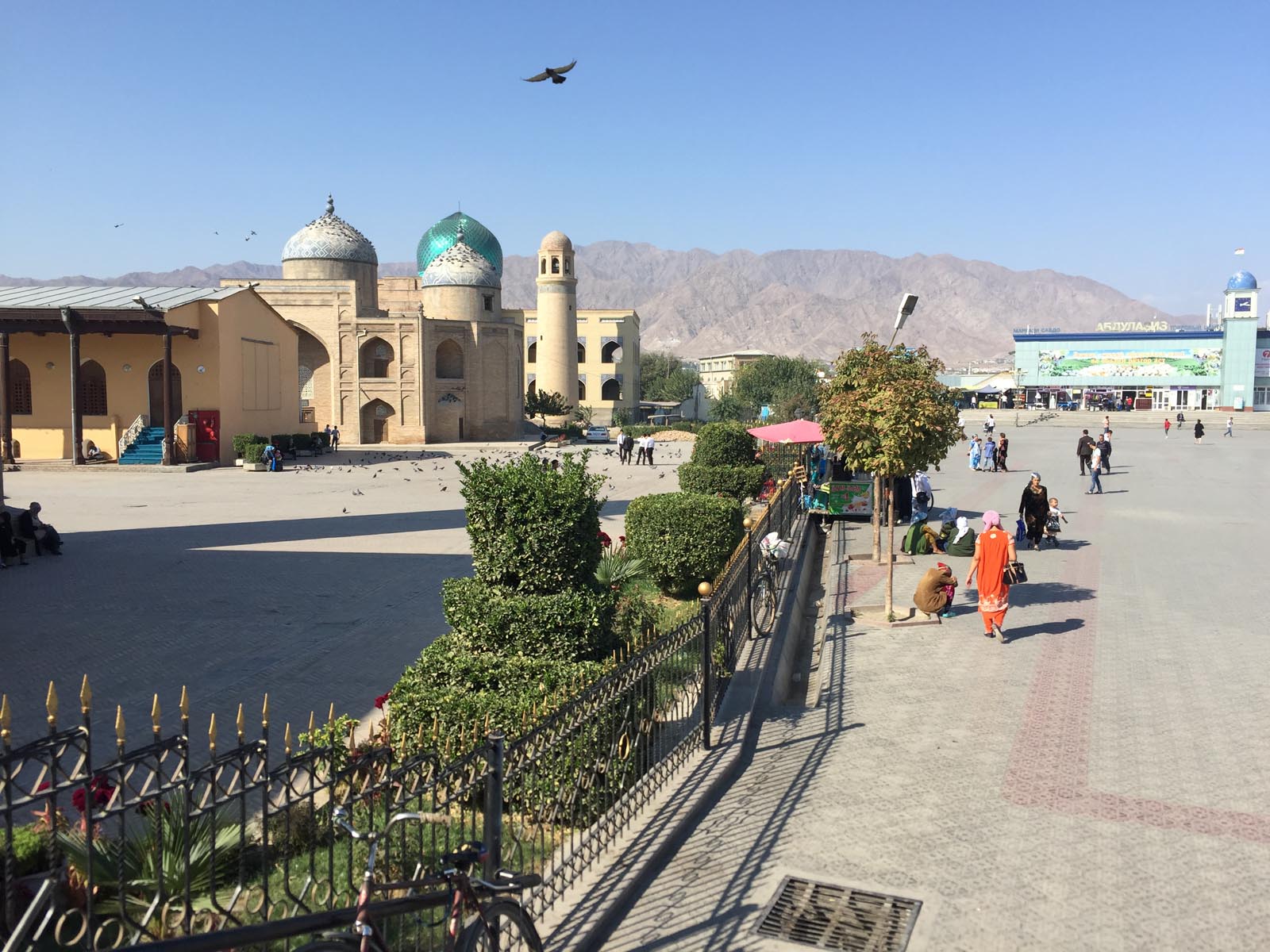
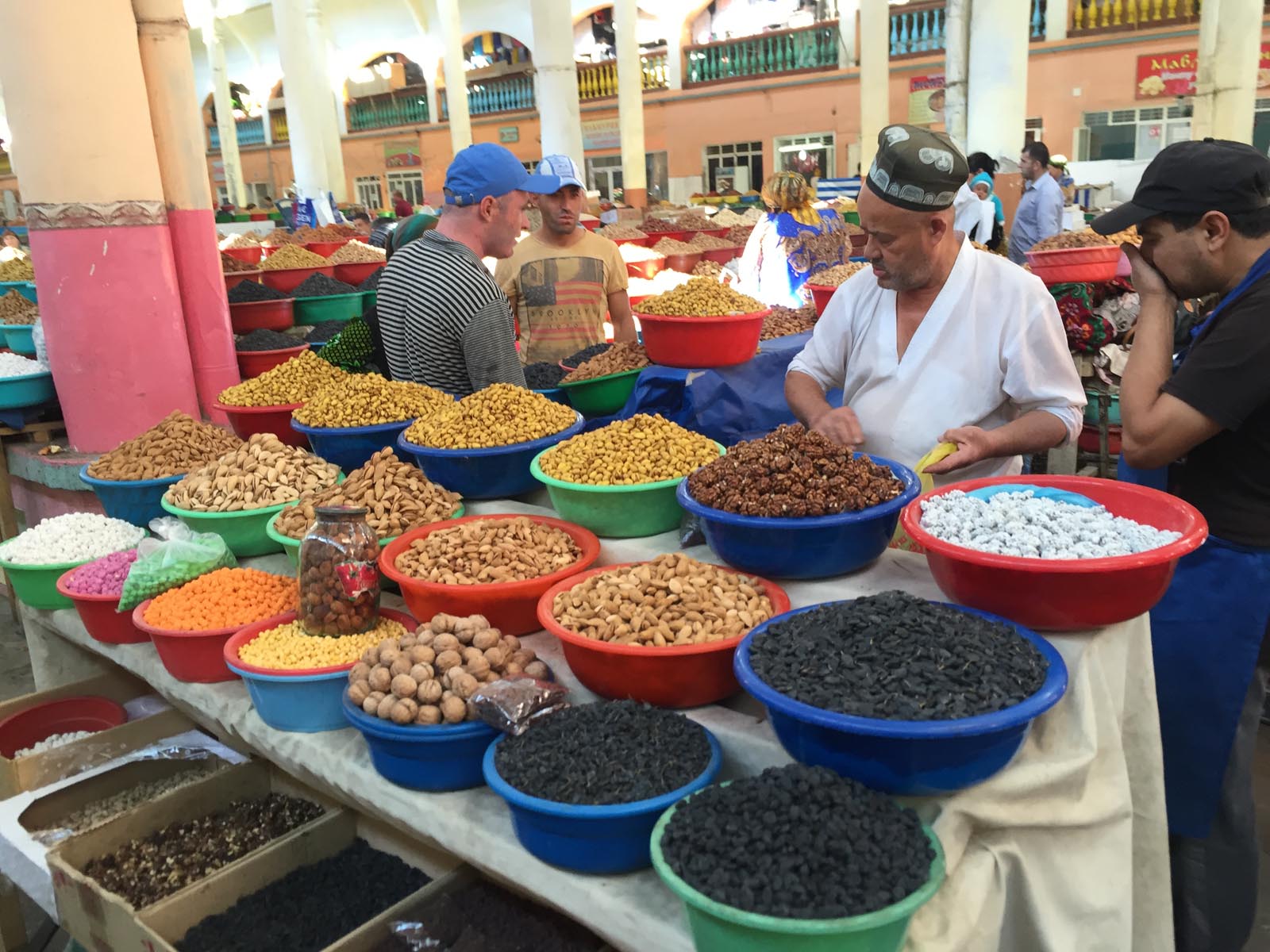
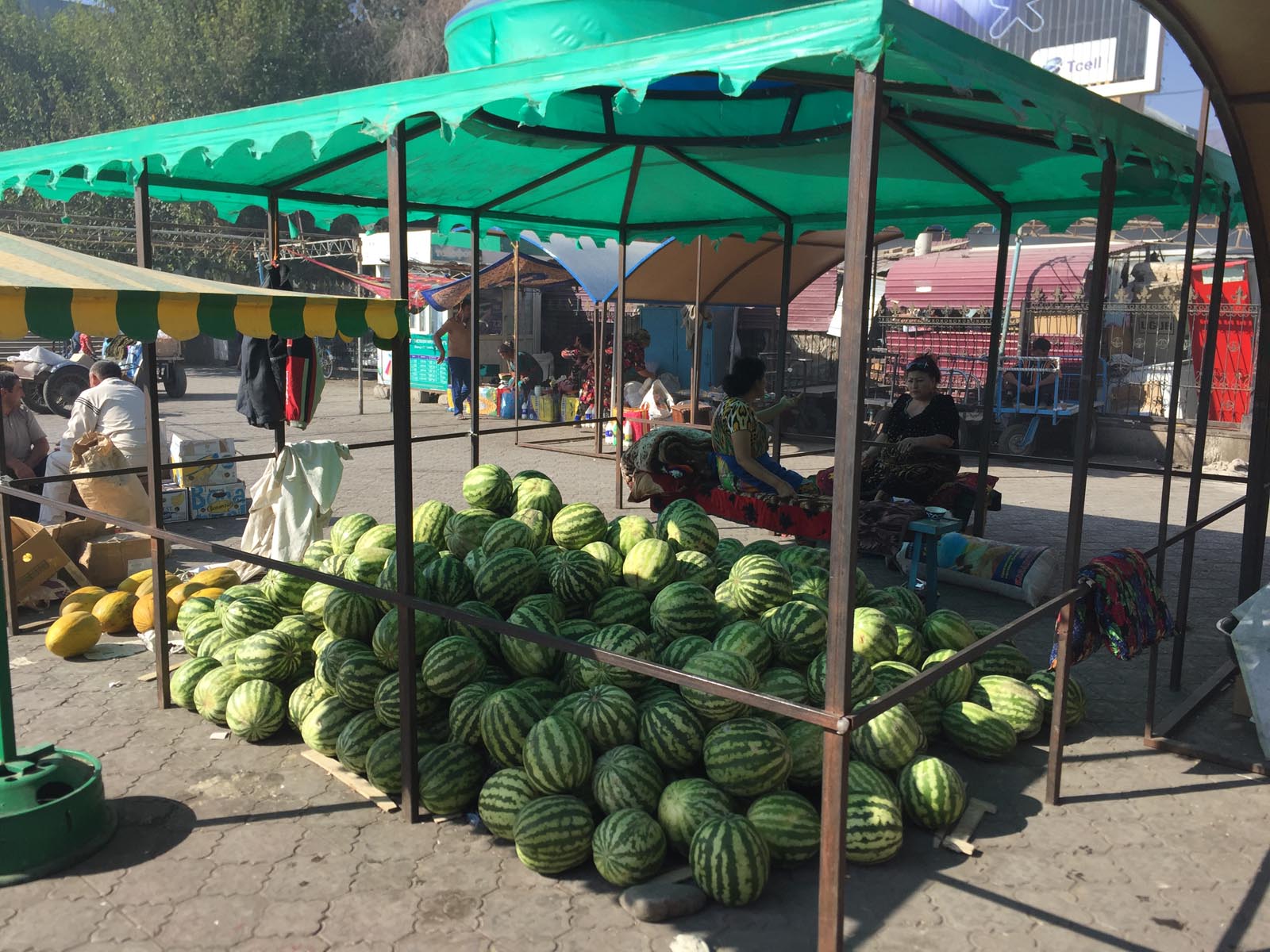
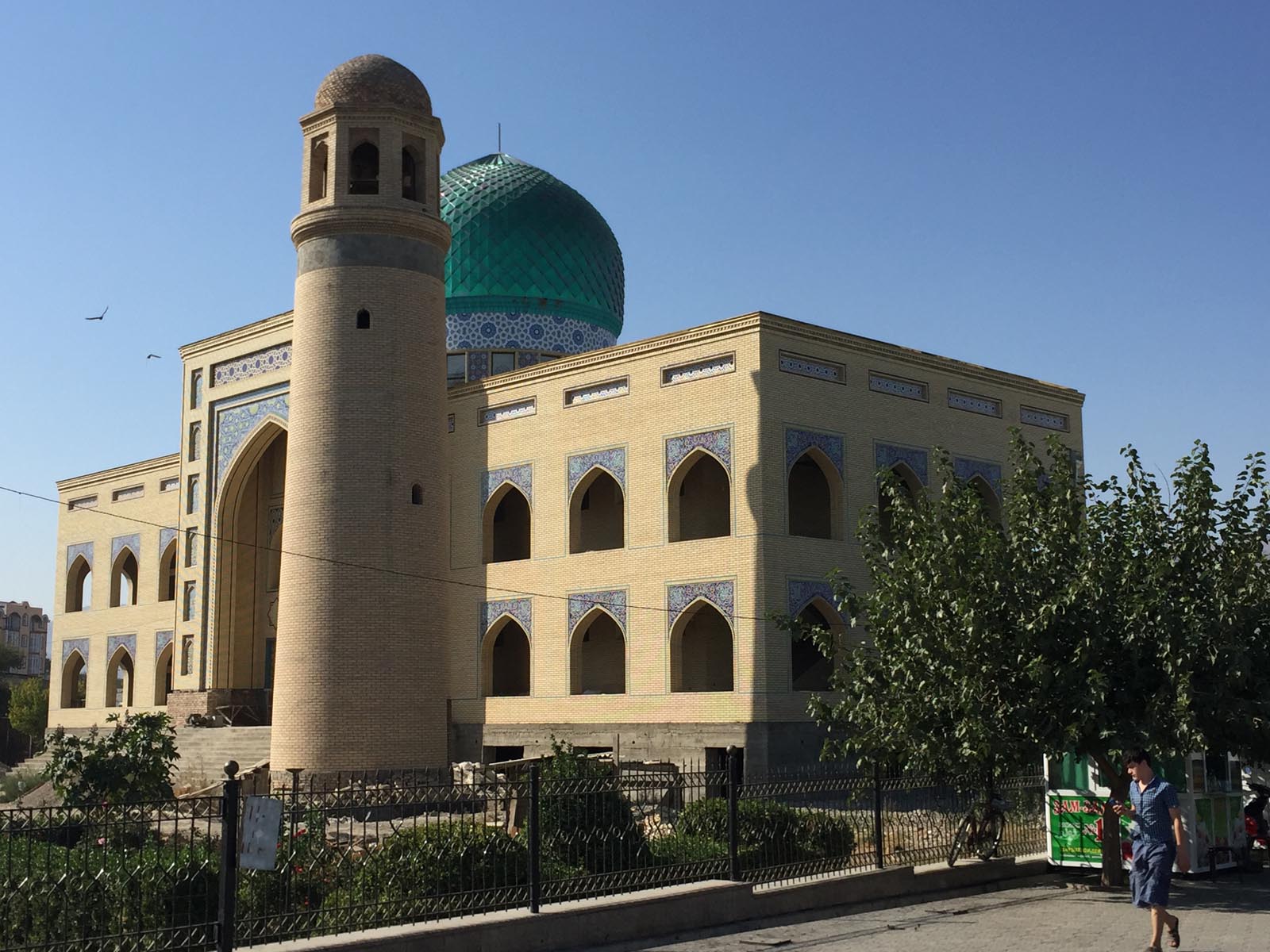
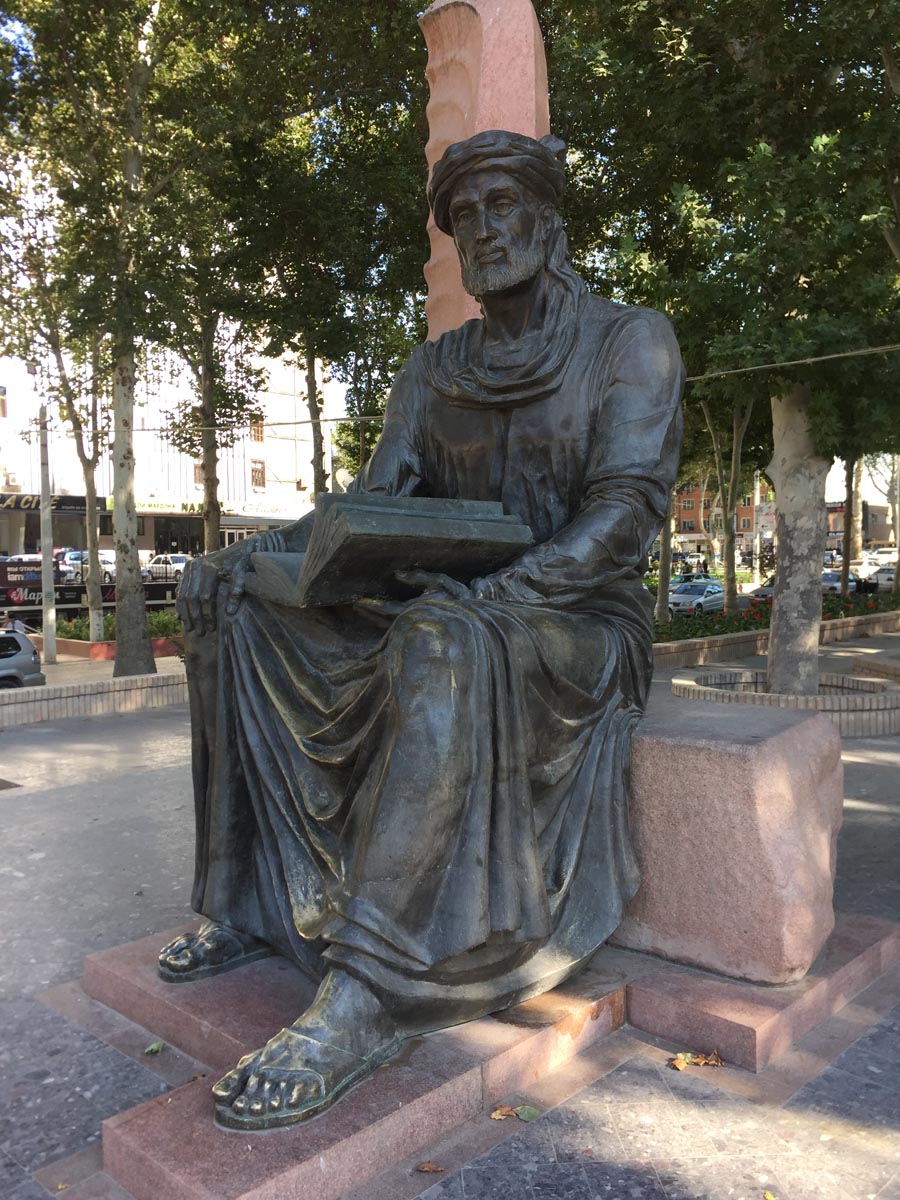

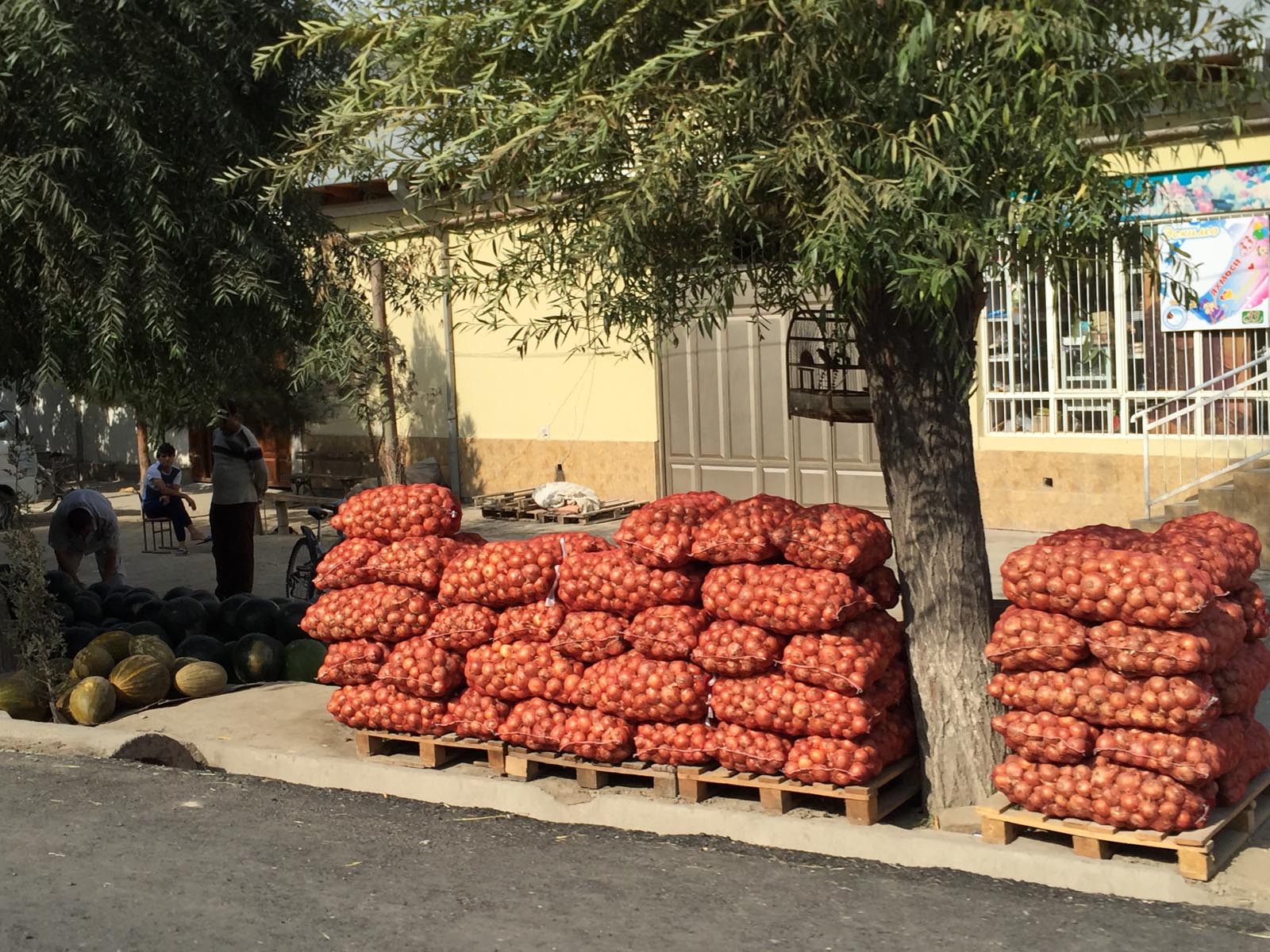
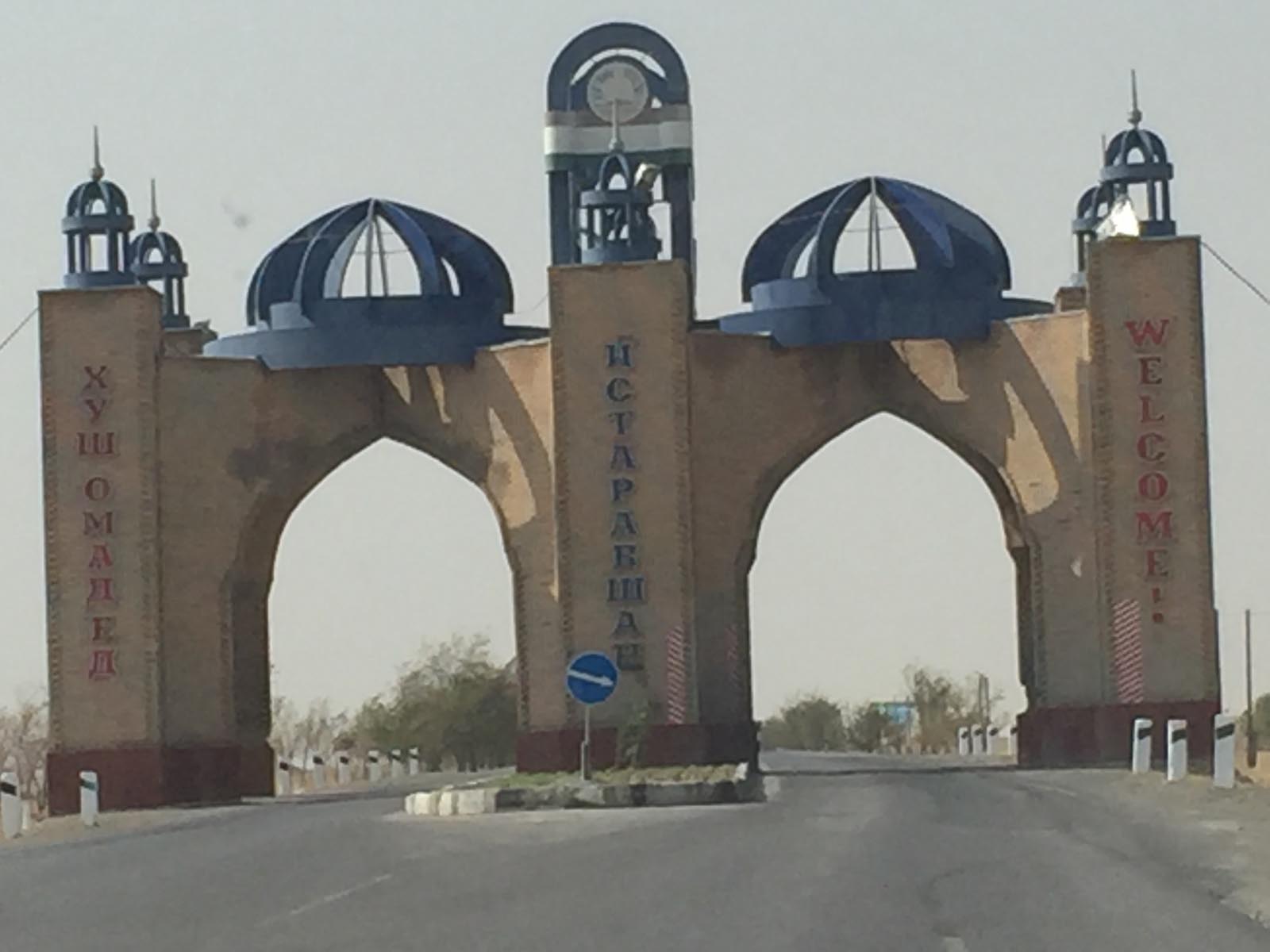

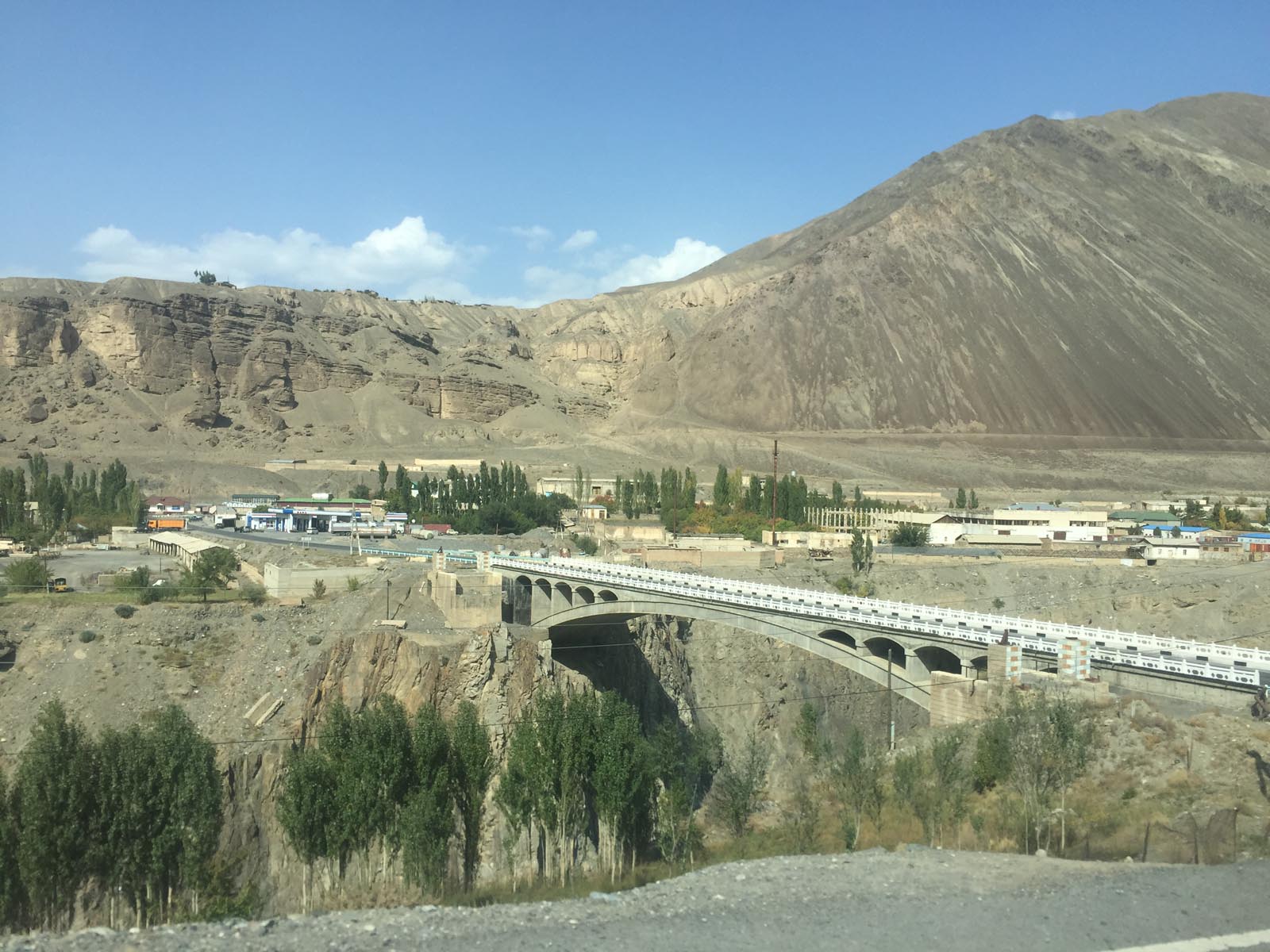
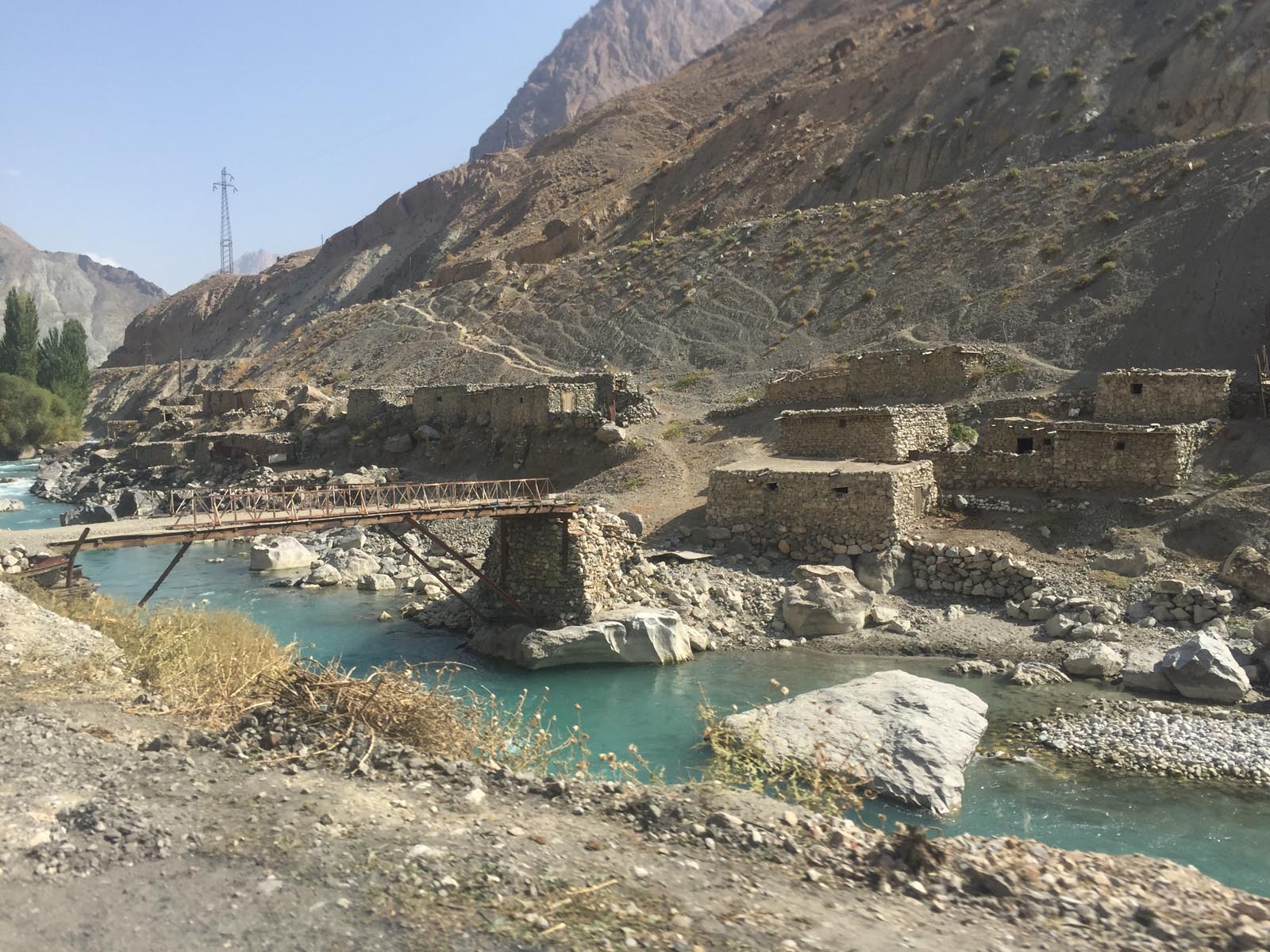
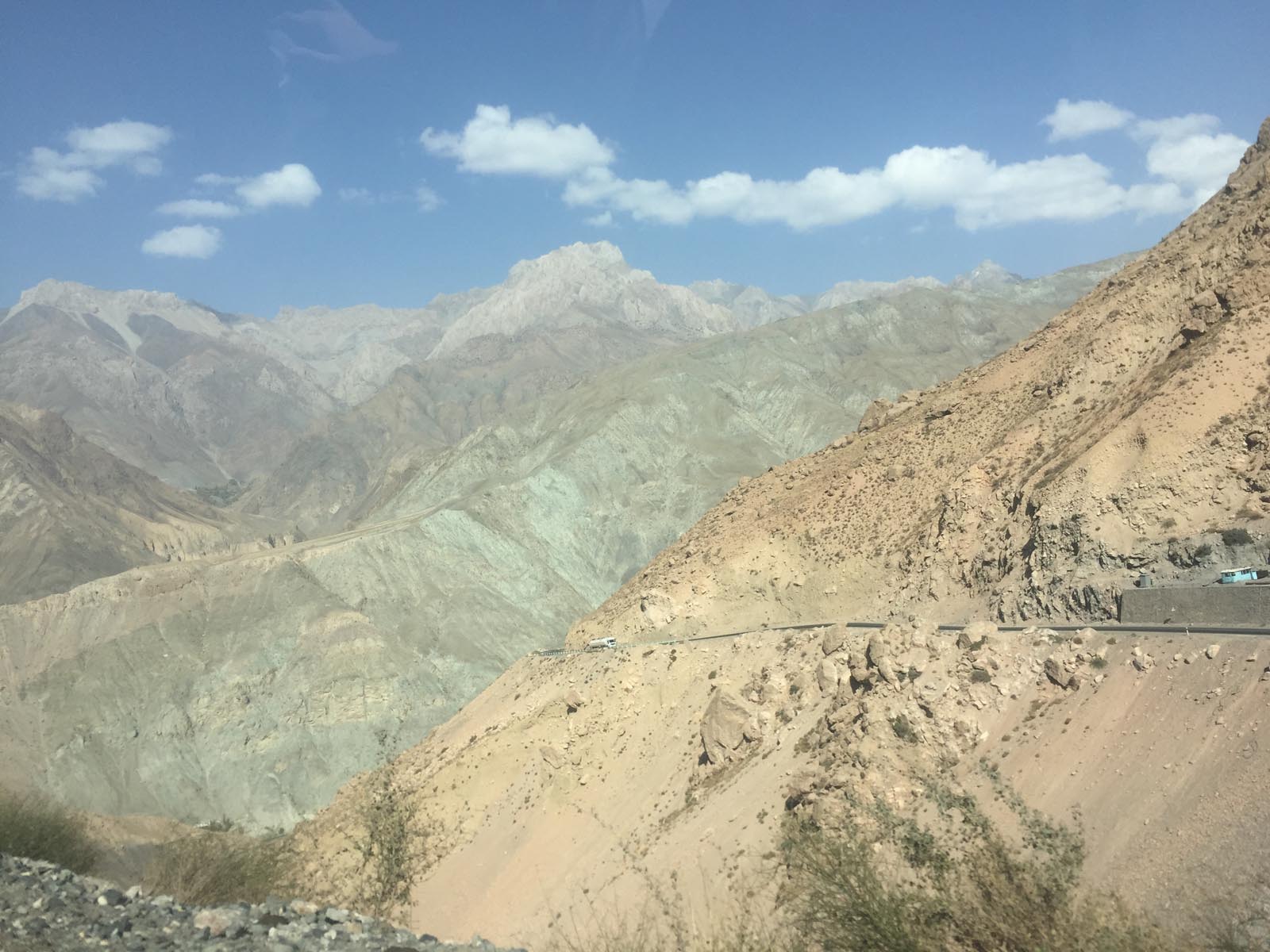
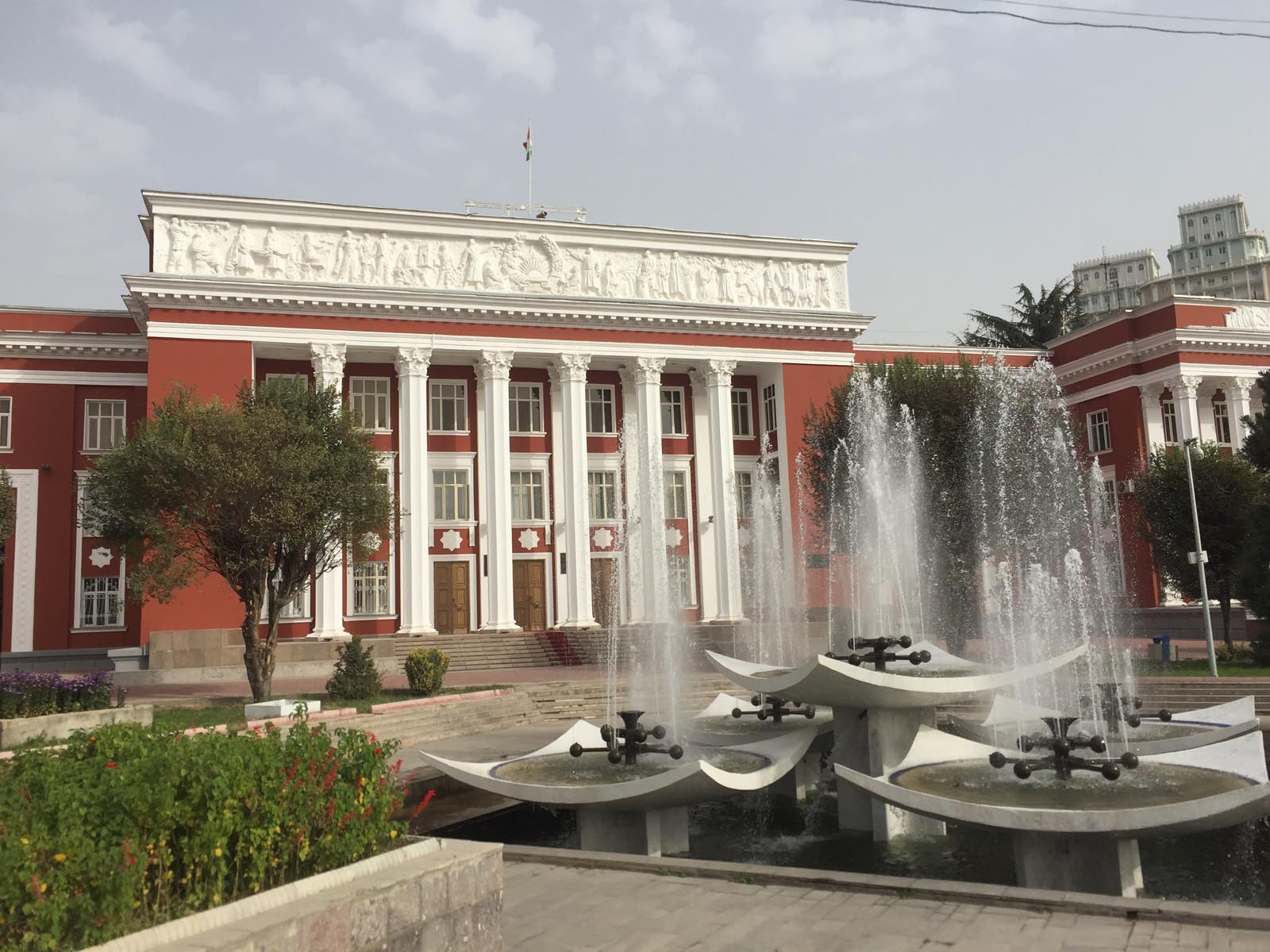
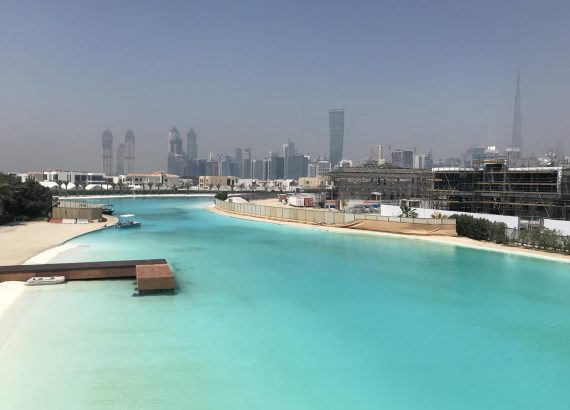
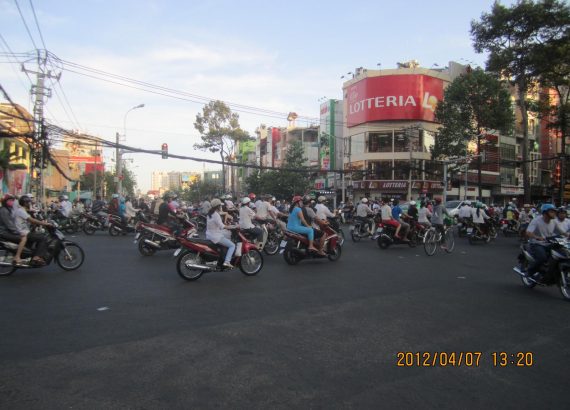
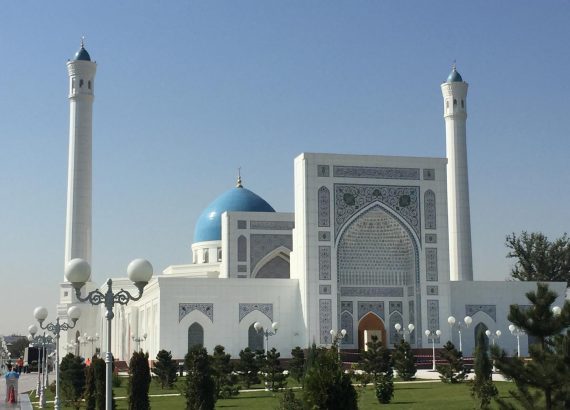
No Comments